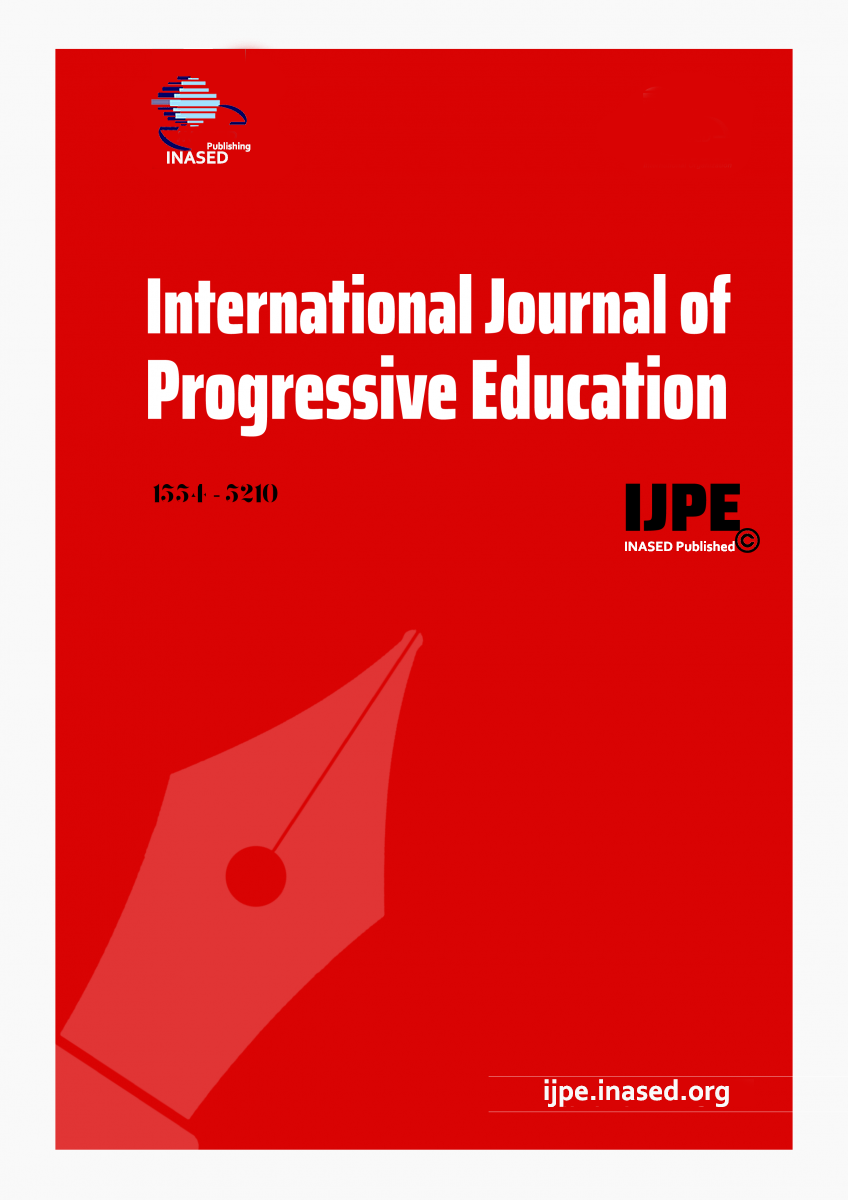- Akkaya, A. (2011). Grammar teaching through caricatures (Unpublished doctoral dissertation). Selçuk University, Konya. [Google Scholar]
- Aktürk, V. (2012). Effect of using animation and digital maps on the ability to perceive places among students in the social sciences (Unpublished post-graduate dissertation). Afyon Kocatepe University, Afyonkarahisar. [Google Scholar]
- Arici, N. & Dalkiliç, E. (2006). Contribution of animations to computer-based teaching: A sample application. Journal of Kastamonu Education, 14(2), 421-430. [Google Scholar]
- Alyilmaz, C. (2010). Problems of Turkish teachers. Turkish Studies, 5(3), 728-749. [Google Scholar]
- Bunce, D. M. & Gabel, D. (2002). Differential effects on the achievement of males and females of teaching the particulate nature of chemistry. Journal of Research in Science Teaching, 39(10), 911-927. Bülbül, O. (2009). Study of the effects on academic success and retention of the use of animations and simulations in the teaching of optics in physics via computer-assisted instruction (Unpublished post-graduate dissertation). Çukurova University, Adana. [Google Scholar]
- Çelik, E. (2007). Effects on students’ success of using computer-based animation in geography lessons in secondary schools (Unpublished post-graduate dissertation). Marmara University, İstanbul. [Google Scholar]
- Çilenti, K. (1994). Technology of education and IT Teaching. Ankara: Gül Publishing. [Google Scholar]
- Daşdemir, İ. (2006). Effects on academic success and retention of the use of animation in science lessons (Published post-graduate dissertation). Atatürk University, Erzurum. [Google Scholar]
- Daşdemir, İ. (2013). Effects of animation use on students’ academic success, retention of learning and scientific process abilities. Journal of Kastamonu Education, 21(4), 1287-1304. [Google Scholar]
- Dede, M. B. (2013). Introduce your children to computers early. Netpano. Retrieved from: http://arsiv.netpano.com/cocuklarinizi-bilgisayarla-erken-tanistirin/Access [Google Scholar]
- Demirel, Ö. & Şahinel, M. (2006). Teaching Turkish. Ankara: Pegema Publishing. [Google Scholar]
- Durukan, E. (2011). Effect of computer-based sixth-grade grammar teaching on success and attitude (Unpublished doctoral dissertation). Atatürk University, Erzurum. [Google Scholar]
- Elmstrom Klenk, K. (2011). Computer animation in teaching science: Effectiveness in teaching retrograde motion to 9th graders (Unpublished doctoral dissertation). University of Rhode Island and Rhode Island College, TOWN. [Google Scholar]
- Eryaman, M. Y. (2006). A hermeneutic approach towards integrating technology into schools: Policy and Practice. In S. Tettegah & R. Hunter (Eds.). Technology: Issues in administration, policy, and applications in K-12 schools. Elsevier Science Publications. [Google Scholar]
- Eryaman, M. Y. (2007). Examining the characteristics of literacy practices in a technology-rich sixth grade classroom. The Turkish Online Journal of Educational Technology (TOJET) 6(2), 26-41. [Google Scholar]
- Foley, J. A., Van Dam, S. & Feiner, J. (1990). Computer graphics principles and practice (2nd ed.). New York: Addison-Wesley. [Google Scholar]
- Güvercin, Z. (2010). Effects on students’ academic success and retention of the use of simulation software in physics lessons (Unpublished post-graduate dissertation), Çukurova University, Institute of Social Sciences, Adana. [Google Scholar]
- Herrison, H., & Laura, J. H. (2010). Incorporating animation concepts and principles in STEM education. The Technology Teacher, Volume(Number), 20-25. [Google Scholar]
- Hortin, J. A. (1994). Theoretical foundations of visual learning. In D. M. Moore & F. M. Dwyer (Eds.), Visual literacy: A spectrum of visual learning (pp. 5-29). Englewood Cliffs, New Jersey: Educational Technology Publications. [Google Scholar]
- Iskender, B. M. (2007). Effects of teaching science in private institutions using computer animations on students’ success, retention and audial affective features (Unpublished post-graduate dissertation). Intitute of Sciences, Muğla. [Google Scholar]
- Karadüz, A. (2009). Grammar teaching. Teaching Turkish in primary (2nd ed.). A. Kırkkılıç & H. Akyol (Eds). Ankara: Pegem Academy. [Google Scholar]
- Kavcar, C., Oğuzkan, F. & Sever, S. (1997). Teaching Turkish. Ankara: Engin. [Google Scholar]
- Kolomuç, A. (2009). Teaching the eleventh-grade unit “The Speed of Chemical Reactions” with animation according to Model 5E (Unpublished doctoral dissertation). Atatürk University, Erzurum. [Google Scholar]
- Laybourne, K. (1998). The animation book: A complete guide to animated film-making from flip-books to sound cartoons to 3-D animation. New York: Three Rivers Press. [Google Scholar]
- Meb, __ (2008). MEGEP animation studies on child development and education. Ankara: Publisher. [Google Scholar]
- Özbay, M. (2006). Turkish special teaching methods II. Ankara: Öncü Publishing. [Google Scholar]
- Özcan, F. (2008). The importance of animations in teaching geography in ninth grade (Unpublished post-graduate dissertation). Selçuk University, Konya. [Google Scholar]
- Öztürk Taşkale, T. (2011). Using animation techniques in mathematics as part of a computer-based teaching method (Unpublished post-graduate dissertation). Fırat University, Elazığ. [Google Scholar]
- Sağir, M. (2002). Teaching Grammar in Primary Schools. Journal of Turkish Language, 601, 56-59. [Google Scholar]
- Sancak, H. (2011). The functions of the ablative affix (+dan) and teaching it with animation techniques at the sixth grade level (Unpublished post-graduate dissertation). Sakarya University, Sakarya. [Google Scholar]
- Santos, R. S. (2009). Impact of flash animation on learning concept of matter among elementary students (Unpublished master’s dissertation). University of Texas-Pan American, Edinburg. [Google Scholar]
- Sülükçü, Y. (2011). Computer-based development of materials for teaching Turkish to foreigners (basic level A1) and its effect on students’ success (Unpublished doctoral dissertation). Name of university, Konya. [Google Scholar]
- Şimşek, N. (1997). Usage of educational technology in lessons. Ankara: Anıl. [Google Scholar]
- Şahin, A. & Şahin, E., (2007). Materials and teaching technologies in Turkish education. A. Kırkkılıç & H. Akyol (Eds.), Teaching Turkish in primary (pp. 309-349). Ankara: Pegema. [Google Scholar]
- Tekdal, M. (2002). Development and effective use of interactive physics simulations. V. Ankara: National Educational Assembly of Science and Mathematics. [Google Scholar]
- Venkataraman, B. (2009). Visualization and interactivity in the teaching of chemistry to science and nonscience students. Chemistry Education Research and Practice, 10, 62-69. [Google Scholar]
- Yilmaz, E. (2010). Research on Turkey Turkish. (2nd Ed.). Ankara: Pegem Academy Publishing. [Google Scholar]
- Yilmaz, F. & Talas, Y. (2015). The importance and use of animations as materials for teaching Turkish as a foreign language. International Journal of Language Education and Teaching, 3(1), 114-127. [Google Scholar]
|


